Replacing windows has many benefits. New ones will greatly enhance your home’s appearance, improve your outlook and let lots of light inside. They’ll also make it more secure and energy efficient, and increase its value. However new windows aren’t cheap. Everest, one of the UK’s largest double-glazing companies, puts the cost of a single window at between £500 and £3,200, depending on size, style, frame material and type of glass, so it’s vital that replacements are in keeping with your house and fitted by an approved installer.
- How to choose new windows for your home: what to consider before parting with your money
- Window rot: How to fix rot in wooden window frames and keep them looking beautiful
- How to clean windows
- How to draught-proof your windows and doors
- Do I need planning permission to change the windows in a Victorian house?
What are the main types of windows?
Sash windows
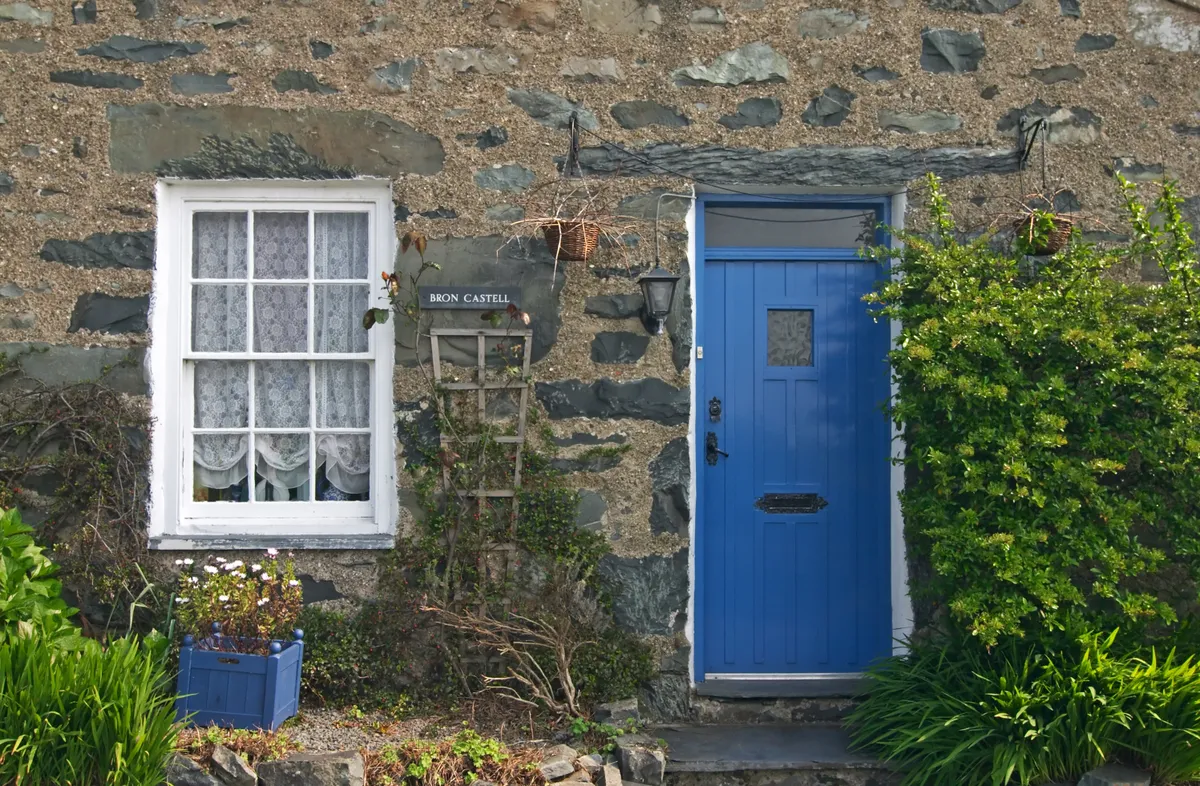
Probably the most desirable feature in Georgian, Victorian and Edwardian houses – as well as traditionally-inspired new builds – sash windows consist of two glazed frames, usually split into a number of panes, that sit inside a box frame and slide up and down. Original timber sashes can be restored but if the windows are beyond repair or are being reinstated into a period house, your choices for frames are authentic timber – which needs the most maintenance - aluminium or uPVC. Even if your home is listed or in a conservation area, you’re likely to get planning permission to install double-glazed units.
Casement windows

This window style pre-dates sashes but nowadays is typically found in 1920s, 30s, post-war and modern homes. Most casement windows are attached to the frame by side hinges, though some are hinged at the top or bottom, or pivoted centrally . They open extremely wide so keep rooms well-ventilated, and you might want to add safety bars if you have young children. Alternatively go for a unit comprising a fixed pane with a narrow, top-hung casement above, or a tilt and turn window that can opens inwards from both the side and top. As with most other types of window, frames are made from wood, uPVC, aluminium or composite materials.
Rooflights and skylights
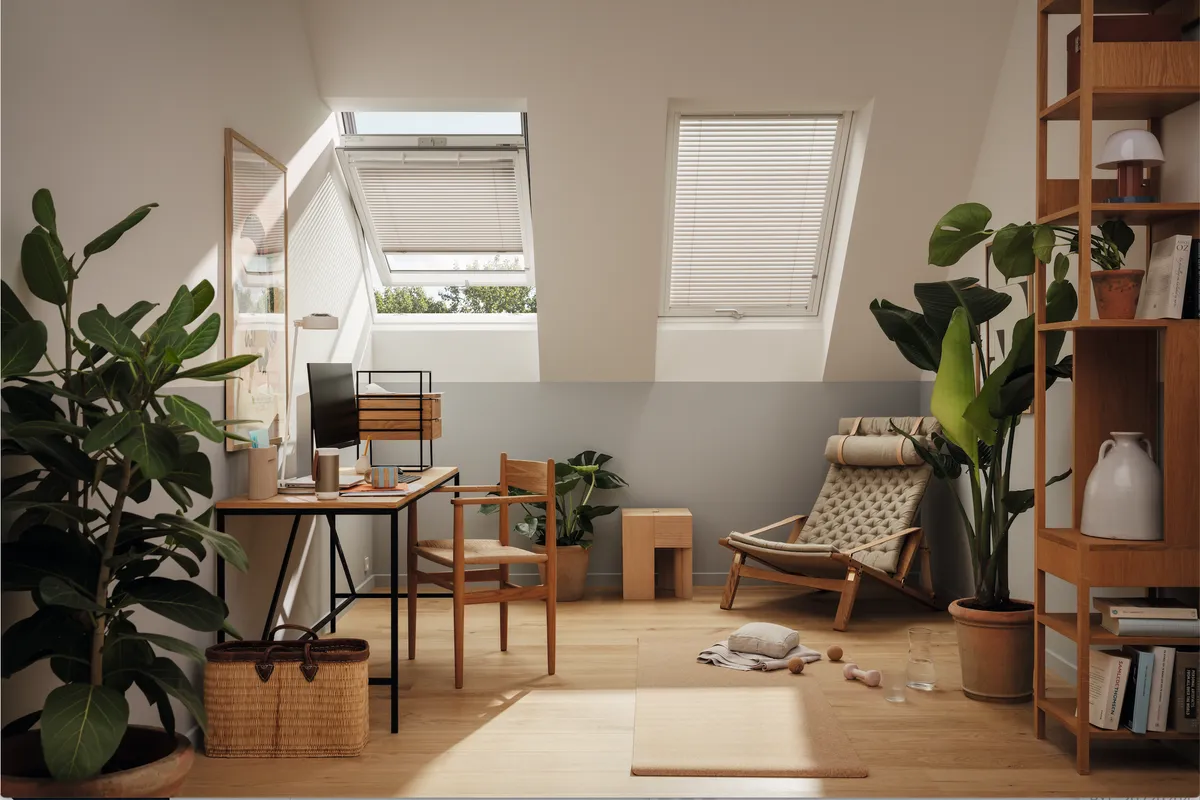
Rooflights and skylights are fitted into pitched or flat roofs to let natural daylight into areas where standard, vertical windows can’t be installed, or to supplement them. They’re commonly incorporated into single storey extensions and loft conversions, but can be retrofitted to brighten up a gloomy bedroom or bathroom and are particularly effective on sloping roofs, channelling up to 30 per cent more light inside than their vertical equivalents. If you want fresh air as well, opt for roof windows which can be opened manually or via remote control – some have rain sensors and shut automatically as soon as the first drops are detected.
Conservatory windows
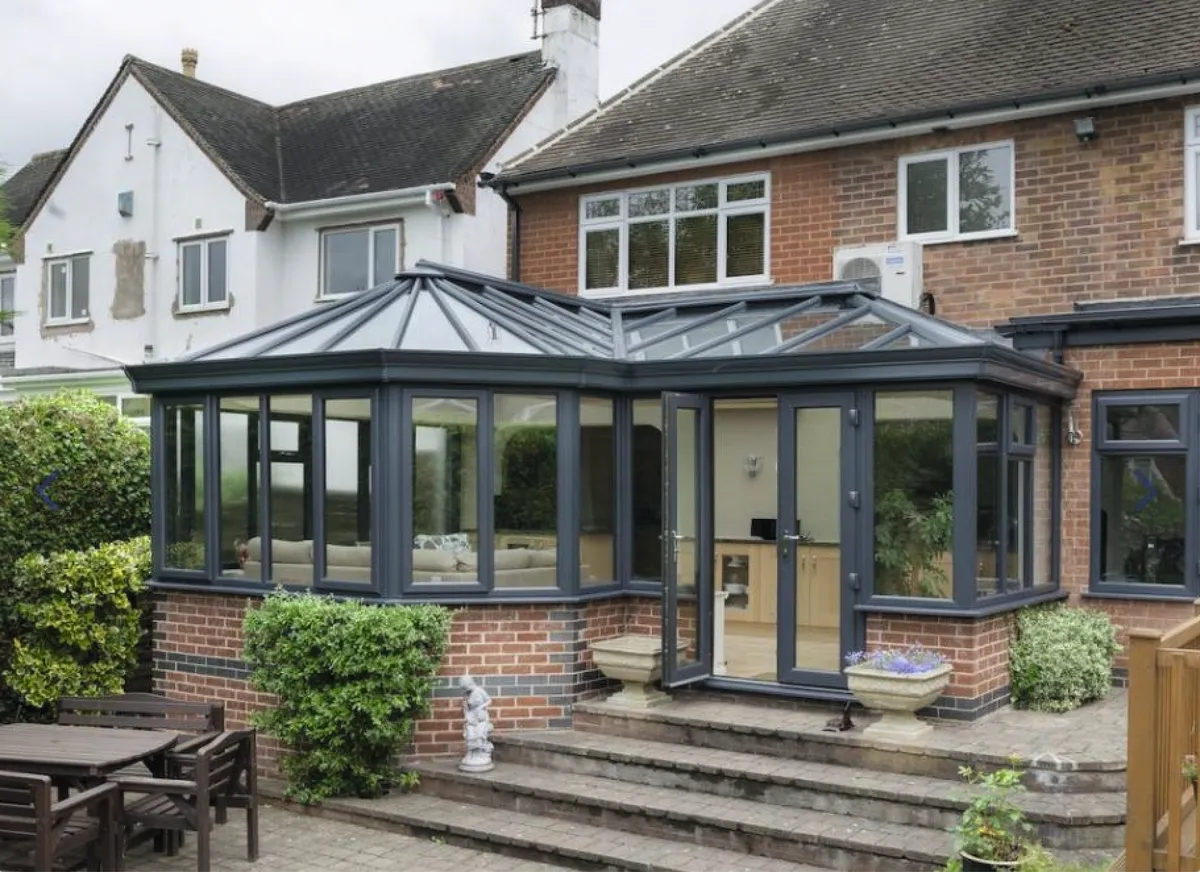
Replacing the windows in your conservatory will make it more thermally-efficient and comfortable to use all year round. This doesn’t necessarily mean swapping like for like as you might prefer a change of style – perhaps new windows that better match those in the rest of the house or a complete contrast. Think about installing a new roof at the same time, or fitting French windows or bi-fold doors if you don’t already have them. All replacement windows will be double-glazed but consider solar control glass to reduce heat gain in a south-facing conservatory, or self-cleaning glass that reacts with rainwater to break down dirt.
French doors

French doors are set in pairs and open outwards via side hinges into the garden or on to balcony. They frame the view and are perfect for a small space where there isn’t room for sliding or bi-fold doors. Frames are made from timber, uPVC, aluminium or steel, and you have the choice of full-height glass panels – with or without glazing bars – or half-panelled for a period feel and more privacy. UPVC doors start at under £500 and according to Checkatrade.com, converting an existing window to French doors costs an average of £1,700 for materials and labour.
Sliding and bi-fold doors
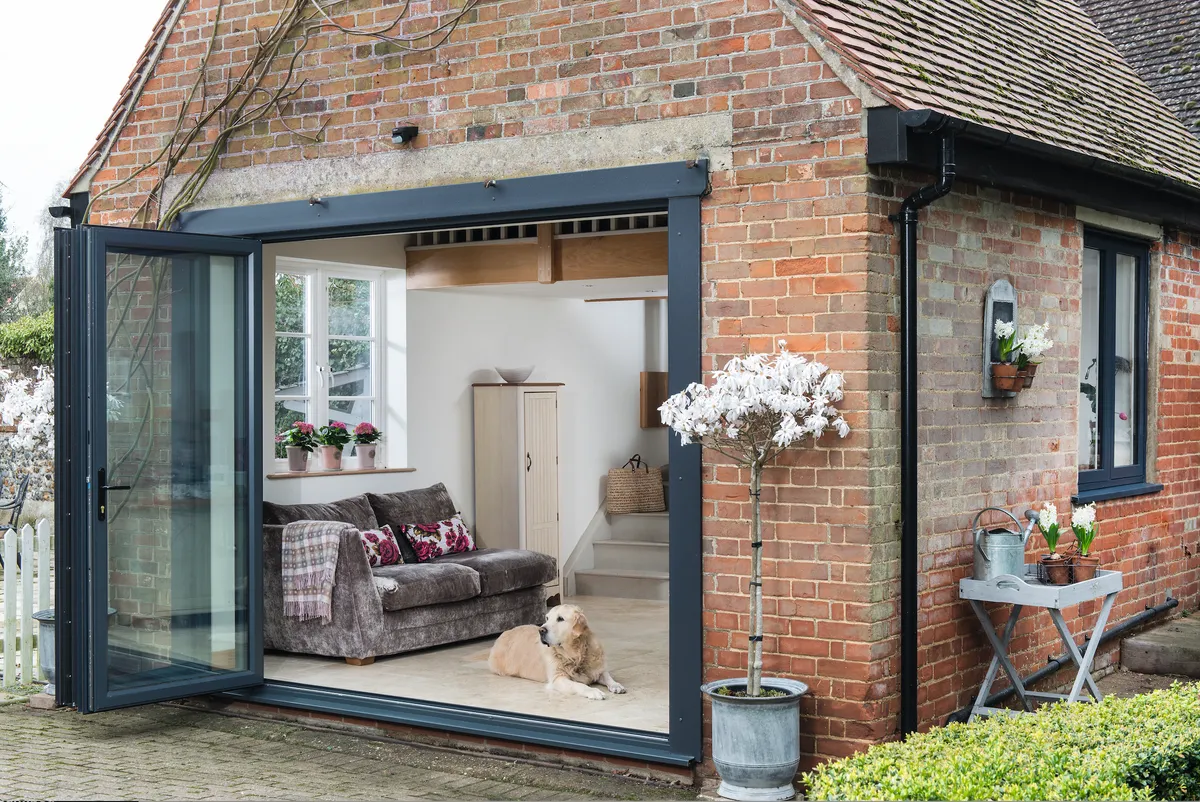
It seems that no fashionable home is complete without a set of sliding or bi-fold doors. Both open up the back of the house, seamlessly connecting it with the garden and flooding interiors with light, but there are differences between the two. Bi-folds comprise a minimum of two leaves which fold back when open, and large expanses can include a traffic door. Sliding doors also comprise at least two panels but these sit behind each so don’t require as much as much space at the sides to open. However they’re slightly more expensive and don’t accommodate traffic doors. Both types are available with timber, uPVC or super-slim aluminium frames.
Internal windows and glazed doors
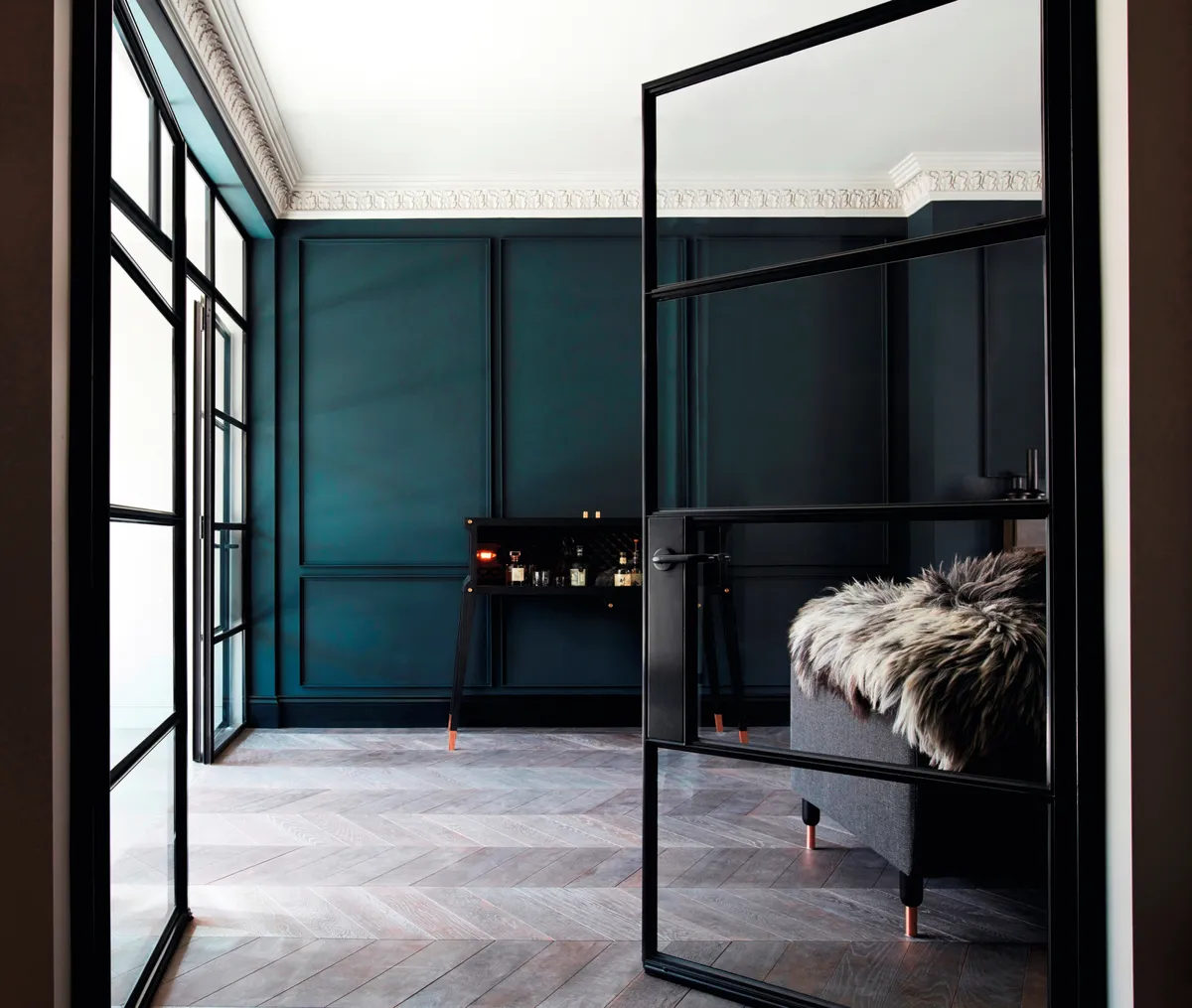
When it comes to our homes, our priorities have changed and for many of us, a quiet space where we can work or escape from the rest of the household is top of the list. This isn’t always easy in an open plan layout – which is where internal doors come in. Use them to divide a through room into separate zones, partition an office area in an L-shaped lounge, or create a reading corner or nook at the end of a landing. Glazed French or bifold designs give privacy and reduce noise without restricting light, or join the smart set by investing in a Crittall-style metal door.
Double and triple glazing
Double-glazed windows consist two panes of glass separated by a gap filled with an inert gas that’s a poor conductor, minimising heat loss. So it would follow that triple glazing, with an additional layer of glass, is even better at retaining heat and reducing noise. However, it’s more expensive, and double glazing is more than sufficient for most homes, particularly if you opt for a low-emissivity coating on the glass to keeps rooms warmer. New windows carry an energy rating ranging from E (the lowest) to A++, making it easy to choose the right product. Unless your home is listed, building regulations require them to have a rating of at least C.
‘Hiring a qualified tradesperson helps to reduce risk and provides peace of mind, while ensuring building works comply with the relevant regulations. One way of finding a reliable tradesperson is by choosing a FENSA approved installer. Inevitably, some installations do go wrong but they can often be easily fixed. If you’ve had to get a tradesperson in to resolve the issue, you can make a claim against Section 75 of the Consumer Credit Act when works are paid for on a credit card.’
Lee Galley, Assessor Manager at RISA
Top image by Getty images
